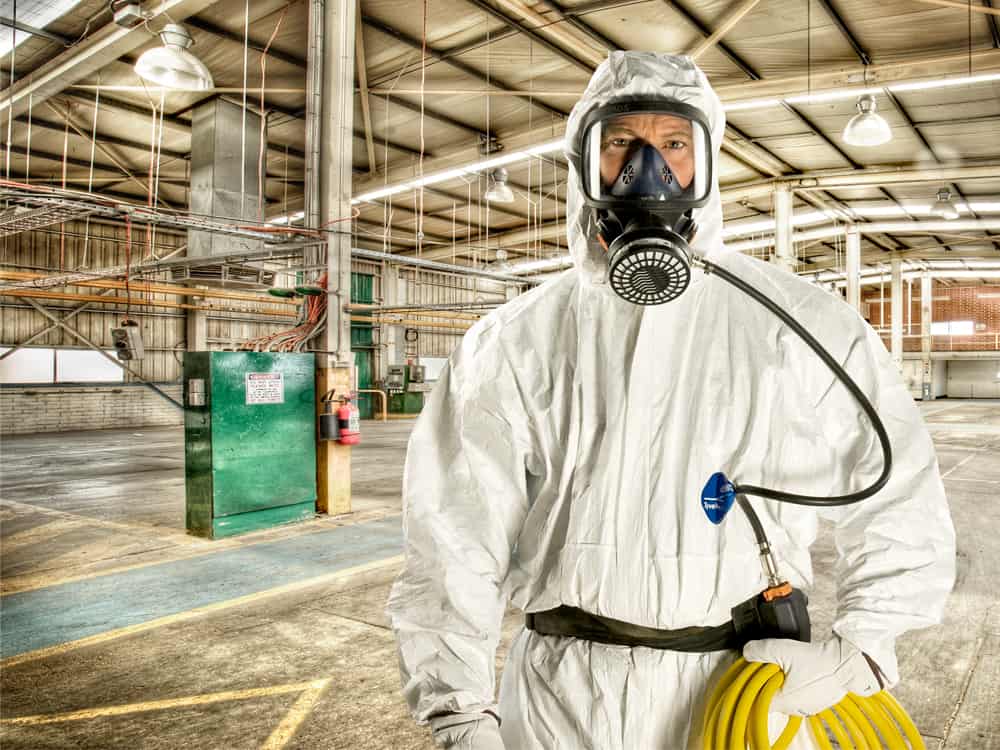
Courtesy – mcmservices
The responsible disposal of asbestos-containing materials (ACMs) requires careful attention and strict adherence to guidelines to safeguard public health and the environment. Whether you're a homeowner or a contractor, understanding the essential principles of safe asbestos disposal is paramount.
1. Professional Evaluation: Before undertaking any removal or disposal activities, engage certified asbestos professionals to assess and identify ACMs. This initial step ensures accurate identification and establishes a clear plan for the secure disposal of asbestos.
2. Utilize Licensed Removal Professionals: For significant removal projects, enlist the services of licensed asbestos removal professionals. These experts possess the requisite training and equipment to handle and dispose of asbestos safely, minimizing the risk of exposure to both workers and the community. Contact Asbestos Newcastle to know more.
3. Secure Packaging: During the transportation of asbestos waste, it is crucial to ensure secure packaging to prevent the release of fibers. Use containers specifically designed for asbestos disposal, double-bagged, labeled, and leak-proof.
4. Choose Authorized Disposal Sites: Dispose of asbestos waste exclusively at authorized disposal sites. Local environmental agencies can provide information on approved locations equipped to handle asbestos disposal. Avoid illegal dumping to mitigate severe risks to public health and the environment.
5. Notification and Permits: Before transporting asbestos waste, notify relevant authorities and obtain any necessary permits. Compliance with local regulations is essential to guarantee safe and legal disposal practices.
6. Personal Protective Equipment (PPE): Individuals handling asbestos waste must utilize appropriate personal protective equipment (PPE), including respirators, disposable coveralls, gloves, and safety goggles, to minimize the risk of exposure.
7. Implement Decontamination Procedures: After handling asbestos materials, implement thorough decontamination procedures. This includes the proper cleaning of equipment, clothing, and personal protective gear to prevent the inadvertent spread of asbestos fibers.
Safe asbestos disposal is a shared responsibility that demands unwavering adherence to established guidelines. Whether you're a homeowner or a contractor, engaging professionals, using secure packaging, choosing authorized disposal sites, obtaining permits, wearing appropriate PPE, and implementing decontamination procedures are crucial steps to ensure the secure and responsible removal and disposal of asbestos-containing materials.
